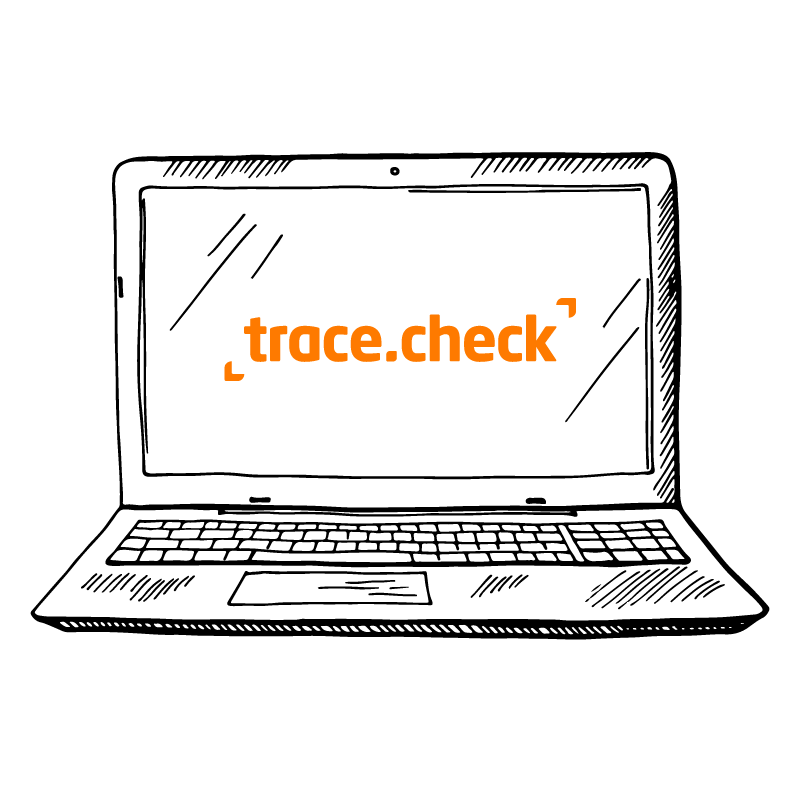trace.check automates the analysis
Manual analysis is a thing of the past. trace.check handles the entire analysis of software test results in an automotive context. Fully automated, around the clock and for every commonly used automotive format. Many tests in the automotive industry generate records (traces). Logger data is written during on-board network communication, debugger logs are created by middlewares in the SiL context, or monitoring information is collected from the device-under-test on the HiL test bench. In addition to verifying that testing has been performed, these records are presently used mainly for manual error analysis.
They could revolutionize your testing process! Provided that the many other important information from the measurement data are also used. With trace.check this is very easy and even automated. The analysis itself can be performed offline and without any expensive prototypes, test benches or test systems. Offloaded to different systems (PC, virtual machine, cloud), trace.check helps to increase both test output and test coverage.

